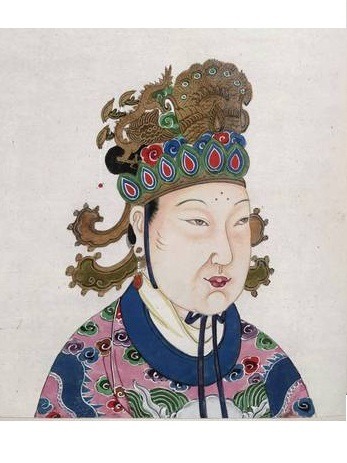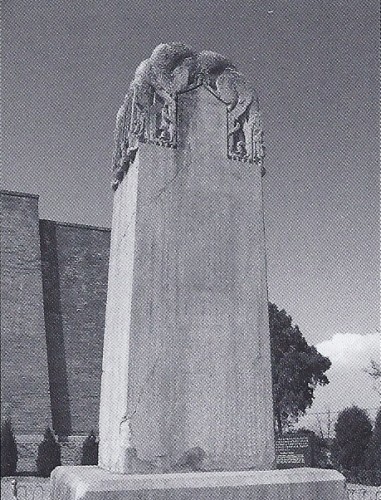By:
vivian
on sexta-feira, dezembro 16, 2016


December 16th 705: Empress Wu Zetian dies
On this day in 705, Wu Zetian, the only sovereign empress of China, died aged 81. Born during the Tang dynasty, she entered the court of Emperor Taizong as a concubine when she was 14 years old. After Taizong’s death, the new emperor Gaozong defied custom and chose the well-educated Wu to remain as his favourite concubine. She rose to become Gaozong’s empress in 655, after eliminating the current empress by allegedly killing her own child and framing the empress. The new empress quickly silenced the elder statesmen who opposed her position on the grounds that she did not hail from the established aristocracy, with critics exiled and, often, executed. Emperor Gaozong was a sickly man, and frequently entrusted affairs of state to Wu, who managed imperial business essentially single-handedly. Wu was a capable leader, known for her sound management, her decisiveness, and her ruthlessness; these attributes won her the respect, and fear, of the Chinese imperial court. Her greatest accomplishments included agricultural and education reform, stabilisation of the imperial bureaucracy, and imperial expansion. Upon Gaozong’s death in 683, his son by Wu ascended to the throne, but, concerned by the machinations of his ambitious wife, Wu had him exiled and installed her other son as emperor. In 690, when she was 65 years old, the empress claimed the throne for herself, and ruled as a sovereign empress for 15 years. The question of succession led Wu to designate her exiled son as heir, rather than choosing a member of her own family, thus ensuring the continuation of the Tang dynasty. In 705, senior officials conspired to compel the aging Wu to yield power to her son. She accepted their demands and retired from the throne, dying in December of that year. Despite decades of condemnation as a vicious usurper, the achievements of Empress Wu Zetian, who defied the gender conventions of her day, are increasingly being acknowledged.
Read More